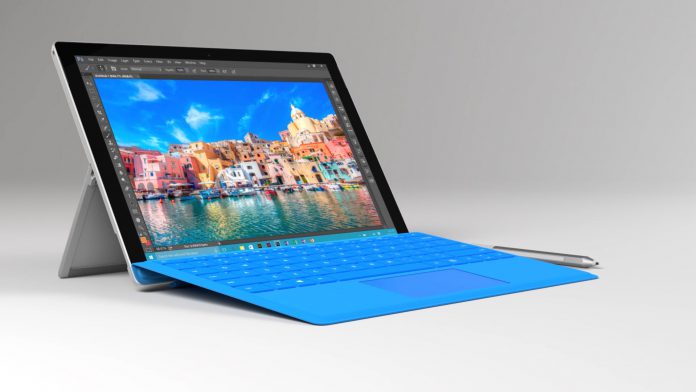The company has announced new screen size requirements for both Windows 10 and Windows 10 Mobile, while the desktop platform also has new RAM and storage requirements.
Microsoft announced on the weekend that it has changed the specification requirements for devices that run the company's Windows 10 Mobile platform. The main change is the allowance of a larger screen size limit, which now sits under 9-inch.
The announcement was made via the MSDN page, but it seems as though the change to specifications for Windows 10 Mobile was made before, Microsoft decided to keep it quiet. The new screen size limit of 9 inches or less is a bump from the previous Windows 10 Mobile compatibility of 7.99 inches or lower.
A quick glance at the MSDN page shows that the company has gone the other way regarding Windows 10, with the desktop platform no compatible with all screen sizes 7.99 inches and above. The previous lower limit was 8 inches, placing a clear distinction in form factor of where Windows 10 Mobile ended and Windows 10 begun.
Now, there is 1 inch to play with either side. This could (putting out speculating hats on) mean that Microsoft or a third party OEM could build an 8-inch Windows 10 Mobile tablet, but with Windows 10 also compatible, what would be the point?
Other requirement changes made by Microsoft are differences to the basic power requirements for Windows 10, probably in preparation for the Anniversary Update. The new spec requirements are 2 GB RAM (up from 1 GB earlier) and 16 GB storage for 32-bit OS and 20 GB for 64-bit.






